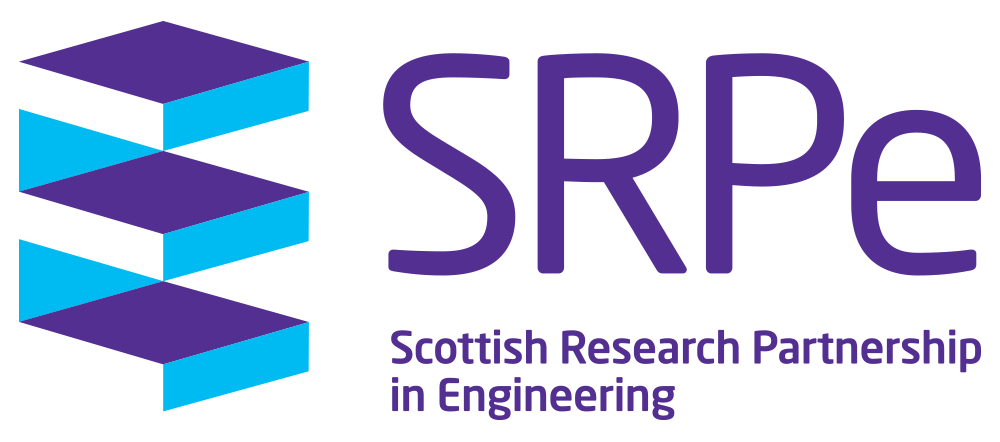Optimizing near infrared to visible upconversion quantum yield of a trivalent erbium ion doped barium yttrium fluoride in a polyvinylide fluoride host-matric for photovoltaic solar cell devices
PECRE Award Holder: Joseph Gibbons, Heriot-Watt University
Exchange Host: Fraunhofer Institute for Solar Energy Systems (Fraunhofer ISE), Germany)
Photon upconversion (UC) is the process of converting low-energy photons into high-energy photons. UC materials have recently received renewed attention for a huge variety of potential applications, for example, in microscopy and multimodal in vivo imaging, cancer treatment, theranostics, and the harvesting of solar energy. The enhancement of solar photovoltaic (PV) device efficiency is one key area of interest where UC can reduce intrinsic loss processes, and overcome the Shockley-Queisser limit. The idea is that a UC device can be placed on the rear side of a solar cell to capture transmitted low-energy photons, and then emit unconverted photons which can, in turn, be utilized by the cell, therefore increasing cell efficiency.
It has recently been shown that monocrystalline barium yttrium fluoride doped with trivalent erbium ions is one of the best UC materials available, with an internal photoluminescence quantum yield (PLQY) of 10.1% ± 1.6%, and possesses exceptional UC properties due to its strong absorption, broad-spectrum, and stability. UC material is usually available as a powder, and must, therefore, be embedded in a host-matrix (such as a fluoropolymer) for application purposes. It was previously understood that matching the refractive index of a chosen fluoropolymer to the UC material would reduce light scattering. However, it is now believed that, provided a UC material has a strong efficiency and a high enough refractive index; an effective scattering of light within a solar cell could be achieved, resulting in reduced optical losses, and therefore a higher PLQY.
We have studied the optical performance of BaY2F8:Er3+, and intend to embed it in a polyvinylide fluoride (PVDF) host-matric. The objective is then to investigate the device collaboratively with the Fraunhofer ISE to build experience, acquire and develop specialist techniques, establish a working relationship with a longer-term view of collaboration, and ultimately draw upon their skills and capabilities.
